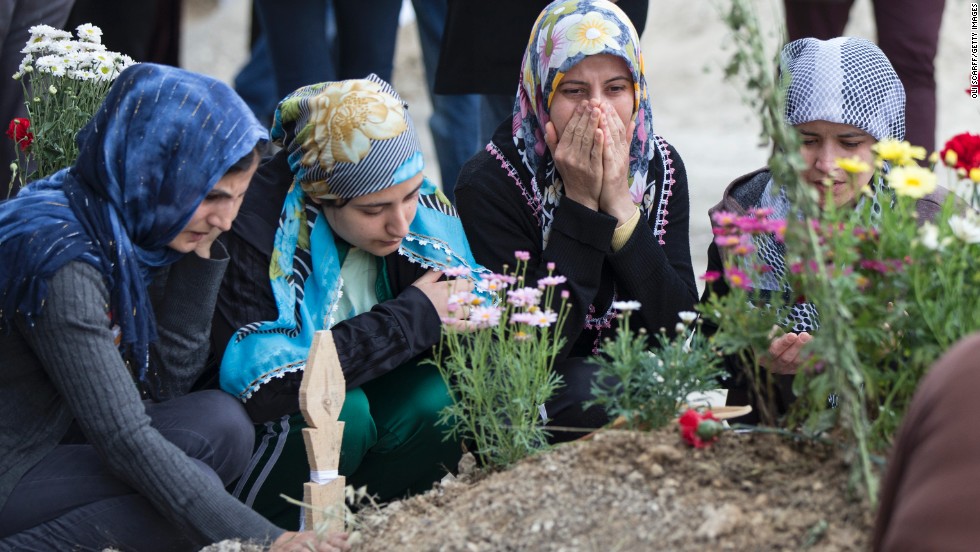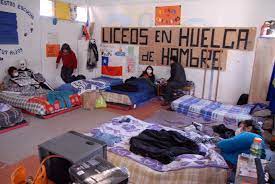
As of this writing, freedom loving, democracy building people, `civilians’, `protesters’ have been butchered by the so-called Rapid Support Forces, or RSF, under the leadership of Mohamed Hamdan Dagolo, also known as Hemeti, also known as the Frankenstein of Khartoum.The RSF are also known as the Janjaweed, the group that terrorized Darfur for years, with particularly brutal violence against women.Forty bodies have been pulled from the River Nilewhere they were dumped. Members of the RSF raped protesters, beat up clinic doctors and volunteers, and plundered and looted hospitals. Members of the RSF violently kicked the injured and wounded out of hospitals and clinics. All along, the pro-democracy freedom movement has been steadfastly non-violent. The RSF has locked down Khartoum. The atrocities continue, the massacre continues. The world largely stands by, watches passively or looks away and murmurs, “Oh shame.” Where is the global outrage at the massacre of the innocents in Sudan? How many murdered Africans does it take to draw the world’s attention and to promote supportive action? We may never know.
Meanwhile, the struggle continues, the struggle that was sparked by women years ago, and then again last year and this. Protesters have set up their own barricades across Khartoum and beyond, and are engaged in peaceful civil disobedience. Protesters have rejected any talks with military while the RSF is wandering the streets, wreaking havoc. This most recent wave of State violence lays bare the heartless evil at the center of Bashir’s regime, which continues to this day. We share in that heartless evil, through our complicit silence and avoidance. Where is the global outrage at the massacre of the innocents in Sudan? Where are the lead articles in major newspapers, rather than articles buried where only the usual suspects will read them? Where are the mass demonstrations and protests across the world? Where is the “Je suis Khartoum”? Nowhere to be seen.

(Image Credits: Enas Satir / follow the halō)




